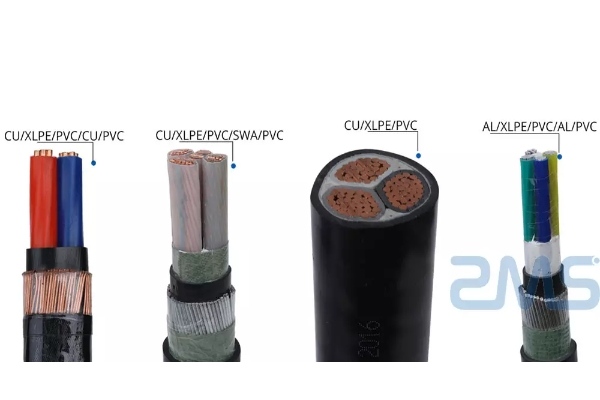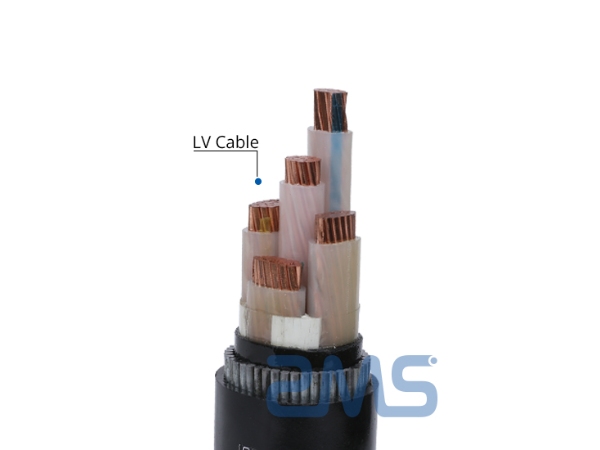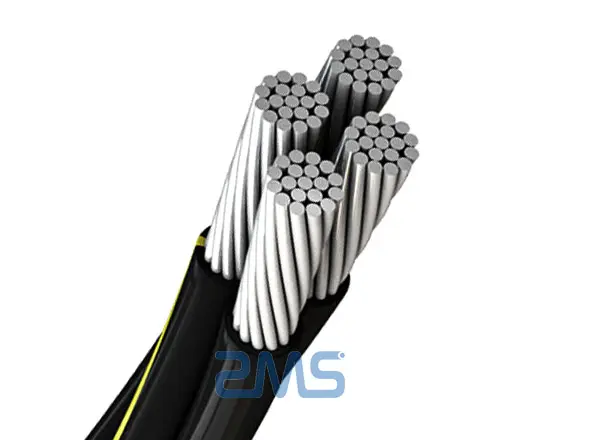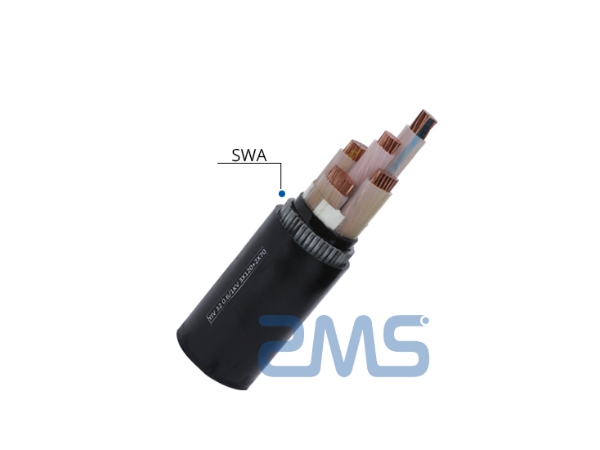Low Voltage Cable
The low voltage cable is an electrical cable used to transmit electrical energy to a voltage less than 1000 volts. It is often used for domestic and industrial electrical installations.
ZMS offers Different types of electric cables basse tension, including air cables, isolated cables, armored cables, Flexible electric cables, rigid electric cables, etc. They have a good electrical yield, are durable and versatile.
Low voltage cable products
Structure :
The low voltage copper/aluminum cable or the isolated cable is the electrical cable made from copper wires/aluminum.
The construction of this low voltage electric wire generally includes an outer rubber or plastic sheath to protect the conductive wires and isolate the different wires to avoid short circuits.
Application :
- Domestic and industrial electrical installations
- Energy control and distribution systems
- Fire and alarm safety systems
- Outdoor lighting and communication networks
- Basic electronic equipment and industrial machines
Structure :
The ABC cable (Aerial Bundled Cable) Low voltage is a type of aerial electric line that combines several individual drivers in a single compact cable.
It has an external protective layer, called insulating screen, which separates drivers and protecting them from the environment.
Application :
- Urban and rural electrical distribution networks
- Electrical networks for rural and distant areas
- Electric lines for public transport systems
- Energy control and distribution systems for industries and commercial installations.
Structure :
The construction of an underground low -voltage cable generally includes one or more conductive wires coated with insulation, protected by an outdoor rubber or plastic sheath, and wrapped in a metal sheath to strengthen protection.
Application :
- Urban electrical distribution networks
- Electrical networks for sensitive or protected areas
- Energy control and distribution systems for industrial and commercial installations
- Fire and alarm safety systems for commercial and industrial buildings
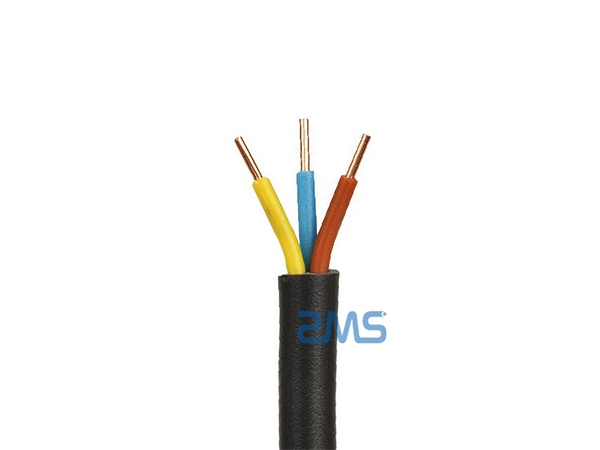
Structure :
A flexible low voltage cable is a type of flexible electric cable that can be used for applications requiring frequent movements or easy folding.
The construction of a low voltage flexible cable generally includes copper or aluminum conductors, Insulation in flexible material and external protection in rubber or PVC.
Application :
These low voltage cables are particularly useful in applications requiring frequent movements or increased flexibility. They also offer protection against damage caused by vibrations and mechanical tensions, which makes it a popular choice for industrial applications and mobile equipment.
- Machine tools and industrial equipment
- Mobile and temporary electrical installations
- Fire and alarm safety systems
- Lifting and load handling equipment.
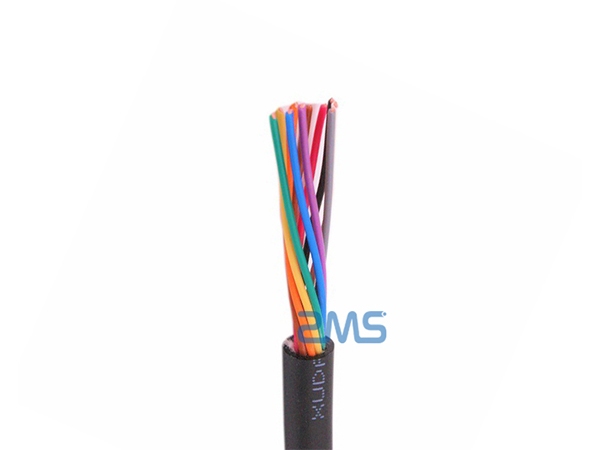
Structure :
The low voltage rigid cable is a type of electric cable that has a rigid shape and can be used for applications requiring great rigidity or increased protection against vibrations and mechanical voltages.
The construction of a low voltage rigid cable generally includes copper or aluminum conductors, Insulation in rigid material and external protection in rubber or PVC.
Application :
- Fixed electrical networks for industrial and commercial buildings
- Fixed electrical installations for fire and alarm safety systems
- Industrial equipment
- Energy control and distribution facilities for commercial and industrial buildings.
What is the difference between the low voltage and high voltage cables ?
Low voltage and high voltage cables are two types of electric cables used to transport electrical energy.
Although they seem similar at first sight, There are key differences between low voltage and high voltage electric cables in terms of construction, operating and application.
Low voltage cables (BT) : Low voltage cables are used to transport electrical energy to tensions below 1 000 volts.
They are often used for domestic applications, industrial and commercial such as buildings electrical installations, Fire and alarm safety systems, industrial equipment and electronic equipment.
Low voltage cables are generally made with copper or aluminum drivers and insulation in flexible or rigid material.
High voltage cables (HT) : High voltage cables are used to transport electrical energy to voltages above 1 000 volts.
They are often used for transport electrical networks, Electrical energy distribution networks and industrial electrical installations.
High voltage cables are generally made with copper or aluminum drivers covered with rigid material insulation, such as paper or PVC, and external protection Rubber or PVC.
You should know that high voltage cables require a high level of safety and protection, Because they transport a significant amount of electrical energy to very high tensions.
Therefore, They are subject to strict standards to guarantee the safety of people and goods.
In summary, The difference between low voltage and high voltage cables is their voltage and application.
Each of them is designed to meet the specific needs and requirements of their respective application.
L'installation de Câble Basse Tension 24V
The installation of low voltage 24V cable is an important process to ensure the safety and reliability of your electrical system.
This type of cable is widely used in many applications, such as lighting systems, Security systems, control systems and communication systems.
When installing low voltage 24V cables, It is important to follow the following steps :
Planning : Before starting installation, It is important to plan your electrical system to determine the amount of cable required, The locations of the sockets and switches, as well as the required protection and safety methods.
Preparation : Before starting installation, It is important to ensure that the necessary tools and equipment are available, such as cables, connectors, Junction boxes, cutting and crimping tools.
Connection : Once the cables are prepared, It is important to connect them correctly using appropriate connectors and respecting local electrical safety codes.
Set up : when setting up low voltage 24V cables, It is important to install them to protect them from potential damage, such as the cut, la flexion excessive, heat and humidity.
Verification : Once the installation is completed, It is important to check the system to ensure that it is working properly and that there are no electrical energy leaks.
It is also important to note that the installation of 24V low voltage cables can be complex and must be carried out by a qualified electrician to guarantee the safety and reliability of your electrical system.


